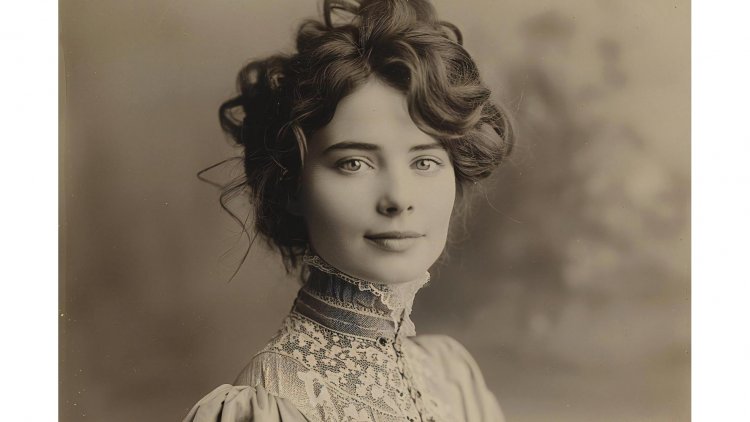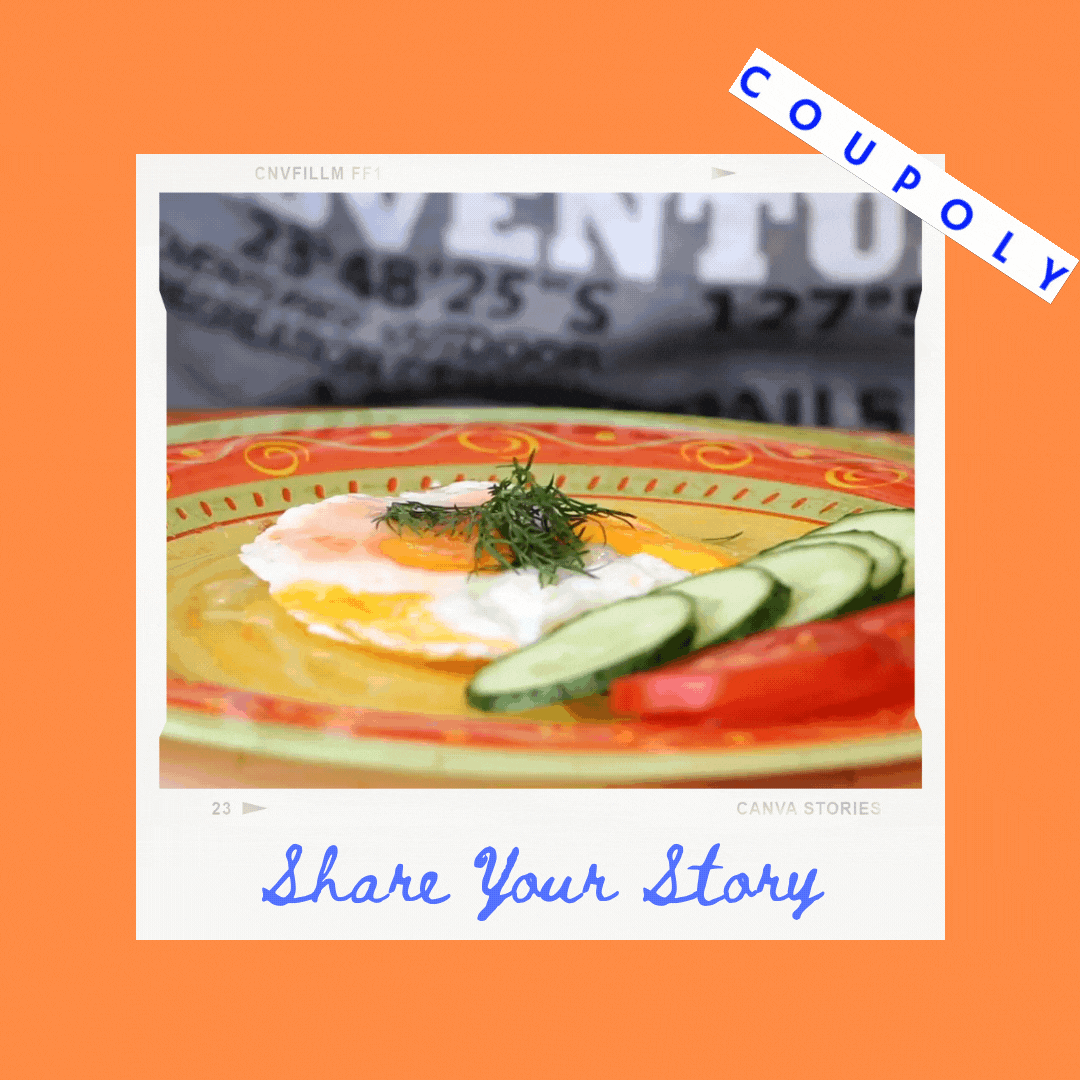The Timeless Chameleon: A Deep Dive into Beauty Trends Through the Decades
Beauty, like history, is a tapestry woven from the threads of cultural shifts, technological advancements, and social changes. Over the decades, beauty trends have morphed and evolved, reflecting not only the aesthetics of their times but also the broader societal attitudes and values. This journey through the history of beauty trends is a fascinating exploration of how ideals of attractiveness have shifted, influenced, and sometimes clashed with prevailing norms.

The Roaring Twenties: Glamour and the Birth of Modern Beauty
The 1920s was a decade of transformation, characterized by its vibrant energy and radical shifts in social norms. The flapper movement, symbolizing a new era of female liberation, was at the heart of this change. Women cut their hair into daring bobs, embraced a boyish silhouette, and began experimenting with makeup in ways that were previously considered scandalous. The iconic "flapper" look, with its emphasis on straight lines and minimal curves, was paired with bold makeup choices—dark, dramatic eyes and bright red lips. This era saw the introduction of products like Max Factor's pancake makeup, which played a significant role in shaping the modern makeup industry.
The 1930s: Sophisticated Elegance Amidst Hard Times
The 1930s brought with it a more refined sense of beauty, a response to the economic hardships of the Great Depression. While the bold flapper styles of the previous decade faded, the focus shifted to a more sophisticated and polished look. Women of this era favored smooth, elegant hairstyles and softer, more natural makeup. Hollywood's Golden Age played a crucial role in popularizing this look, with stars like Greta Garbo and Jean Harlow setting trends with their glamorous, yet understated beauty. The makeup of the time was characterized by a focus on achieving a flawless complexion and subtle eye makeup, reflecting the era's emphasis on grace and elegance.
The 1940s: Wartime Beauty and the Rise of the Iconic Look
The 1940s were marked by the challenges of World War II, which had a significant impact on beauty trends. With many materials in short supply, women adapted by making the most of what they had. This era saw the rise of practical, yet stylish looks, influenced heavily by Hollywood icons such as Rita Hayworth and Veronica Lake. Classic red lips, perfectly arched eyebrows, and soft curls became the hallmark of 1940s beauty. Despite the wartime constraints, the desire for glamour remained strong, and women turned to makeup as a way to maintain a sense of normalcy and confidence.
The 1950s: The Age of Opulence and the Classic Pin-Up
The 1950s was a decade defined by post-war optimism and prosperity, which was reflected in the beauty trends of the time. The era celebrated femininity with voluptuous figures and glamorous styles. The pin-up girl became an enduring symbol of the 1950s, with stars like Marilyn Monroe and Elizabeth Taylor epitomizing the beauty standards of the era. Makeup was bold and glamorous, featuring heavily contoured eyes, thick eyeliner, and bright red lips. The iconic 'cat-eye' look became a defining feature, and the use of beauty products expanded with the introduction of more advanced formulations and a wider array of cosmetics.
The 1960s: Revolution and the Birth of Youth Culture
The 1960s was a decade of upheaval and transformation, and its beauty trends mirrored the societal changes of the time. The youth culture of the 1960s rejected the glamour of the previous decade in favor of a more experimental and rebellious look. This period saw the rise of the "mod" style, characterized by bold, geometric patterns and dramatic makeup. Iconic figures like Twiggy popularized the look of large, doe-eyed lashes and pale lips, creating a new standard of beauty that emphasized a youthful, doll-like appearance. The 1960s also saw the introduction of new cosmetics technologies, including the first commercial mascara and innovative skincare products.
The 1970s: Natural Beauty Meets Disco Glam
The 1970s was a decade of contrast, blending the natural, bohemian style with the glitzy allure of the disco era. The early 1970s embraced a more natural look, influenced by the rise of the hippie movement. Makeup became more understated, focusing on achieving a sun-kissed glow and emphasizing natural beauty. However, as the decade progressed, the disco craze brought a new wave of glamour, with bold, glittery makeup and voluminous hairstyles becoming popular. Stars like Farrah Fawcett and Donna Summer became style icons, showcasing a blend of natural beauty and disco chic that defined the latter part of the decade.
The 1980s: Excess and the Era of Bold Statements
The 1980s were marked by a culture of excess and opulence, and beauty trends of the time were no exception. This decade embraced bold, dramatic looks with an emphasis on bright colors, heavy makeup, and voluminous hairstyles. The power-dressing movement was mirrored in beauty trends, with large shoulder pads and big hair becoming symbols of confidence and success. Iconic figures such as Madonna and Cindy Crawford popularized the use of bright eyeshadows, heavy eyeliner, and full, glossy lips. The 1980s also saw the rise of the supermodel, with figures like Naomi Campbell and Christy Turlington becoming household names and setting new standards for beauty.
The 1990s: Minimalism and the Grunge Revolution
The 1990s were a decade of contrasting beauty trends, reflecting a broader cultural shift towards minimalism and an embrace of alternative styles. The early part of the decade saw a move towards a more natural, understated look, characterized by sheer foundations and neutral tones. This minimalistic approach was exemplified by models like Kate Moss, who embodied the "heroin chic" aesthetic—a look defined by pale skin, dark circles, and a more androgynous silhouette. However, the latter part of the decade saw the rise of the grunge movement, which introduced a more rugged, unpolished look, with an emphasis on tousled hair, smudged eyeliner, and a generally "undone" appearance.
The 2000s: The Rise of Glam and the Dawn of Digital Beauty
The 2000s were a time of rapid change, driven by the explosion of digital media and the increasing influence of celebrity culture. This decade saw the rise of a more polished, glamorous beauty ideal, largely influenced by pop stars and Hollywood celebrities. The era was defined by a penchant for high-definition beauty, with a focus on achieving a flawless, airbrushed appearance. Celebrities like Paris Hilton and Jennifer Lopez set trends with their perfectly tanned skin, bold highlights, and heavily glossed lips.
The 2000s also marked the beginning of the social media age, which had a profound impact on beauty standards. The rise of platforms like Instagram and YouTube provided new avenues for beauty influencers to share their tips and trends, leading to the proliferation of beauty tutorials and product reviews. This democratization of beauty knowledge meant that trends could spread rapidly, and beauty standards began to diversify as more voices entered the conversation.
The 2010s: Diversity, Inclusivity, and the Makeup Revolution
The 2010s was a transformative decade for beauty, marked by a growing emphasis on diversity and inclusivity. This period saw the beauty industry becoming more aware of and responsive to different skin tones, types, and identities. Brands like Fenty Beauty, led by Rihanna, revolutionized the industry with their extensive range of foundation shades, highlighting the need for products that cater to all skin tones.
Social media continued to play a significant role in shaping beauty trends, with platforms like Instagram and TikTok becoming key spaces for beauty influencers to showcase their creativity. The decade also saw a rise in the popularity of makeup artistry as an art form, with elaborate, artistic looks gaining prominence alongside more natural, everyday beauty trends. The "glow up" trend, characterized by dewy, radiant skin and well-defined features, became a hallmark of this era.
Additionally, the 2010s saw a resurgence of interest in skincare, with a growing focus on health and wellness. The K-beauty (Korean beauty) trend introduced innovative skincare routines and products to a global audience, emphasizing the importance of a multi-step skincare regimen and promoting a natural, healthy glow.
The 2020s: Personalization, Sustainability, and Digital Innovation
The 2020s have continued to build on the trends of the previous decade while introducing new concepts that reflect contemporary values. Personalization has become a major focus, with beauty brands offering customized products and tailored skincare routines. Advances in technology, such as artificial intelligence and augmented reality, have allowed consumers to virtually try on makeup and receive personalized recommendations, further enhancing the shopping experience.
Sustainability has also become a critical issue in the beauty industry. Consumers are increasingly aware of the environmental impact of their purchases, leading to a rise in eco-friendly and cruelty-free beauty products. Brands are responding by adopting more sustainable practices, from eco-friendly packaging to transparent ingredient sourcing.
Furthermore, the 2020s have seen a continued emphasis on inclusivity and diversity, with beauty standards becoming more fluid and accepting of different identities and expressions. The rise of "genderless beauty" reflects a growing acceptance of beauty beyond traditional gender norms, and the focus on mental health and self-care has become an integral part of the beauty conversation.
Overall, the evolution of beauty trends over the decades reveals a dynamic interplay between culture, technology, and individual expression. From the glamorous flapper styles of the 1920s to the personalized, sustainable beauty of the 2020s, each era has left its mark on the way we perceive and practice beauty. As we move forward, it's clear that beauty will continue to evolve, reflecting the changing values and innovations of our times.
Disclaimer: The content shared on this blog is intended for informational purposes only. Consulting a professional about the highlighted information is recommended. The blog and its authors are not liable for any adverse effects or consequences resulting from the use of the methods or products provided. Always prioritize your health and safety.
What's Your Reaction?





















